

- RFQ
- BOM
-
Contact Us
Tel: +86-0755-83501315
Email: sales@sic-components.com
- Chinese
- English
- French
- German
- Portuguese
- Spanish
- Russian
- Japanese
- Korean
- Arabic
- Irish
- Greek
- Turkish
- Italian
- Danish
- Romanian
- Indonesian
- Czech
- Afrikaans
- Swedish
- Polish
- Basque
- Catalan
- Esperanto
- Hindi
- Lao
- Albanian
- Amharic
- Armenian
- Azerbaijani
- Belarusian
- Bengali
- Bosnian
- Bulgarian
- Cebuano
- Chichewa
- Corsican
- Croatian
- Dutch
- Estonian
- Filipino
- Finnish
- Frisian
- Galician
- Georgian
- Gujarati
- Haitian
- Hausa
- Hawaiian
- Hebrew
- Hmong
- Hungarian
- Icelandic
- Igbo
- Javanese
- Kannada
- Kazakh
- Khmer
- Kurdish
- Kyrgyz
- Latin
- Latvian
- Lithuanian
- Luxembou..
- Macedonian
- Malagasy
- Malay
- Malayalam
- Maltese
- Maori
- Marathi
- Mongolian
- Burmese
- Nepali
- Norwegian
- Pashto
- Persian
- Punjabi
- Serbian
- Sesotho
- Sinhala
- Slovak
- Slovenian
- Somali
- Samoan
- Scots Gaelic
- Shona
- Sindhi
- Sundanese
- Swahili
- Tajik
- Tamil
- Telugu
- Thai
- Ukrainian
- Urdu
- Uzbek
- Vietnamese
- Welsh
- Xhosa
- Yiddish
- Yoruba
- Zulu
- Kinyarwanda
- Tatar
- Oriya
- Turkmen
- Uyghur
Introduction to Printed Circuit Board Diode (PCB Diode)
Diodes are among the most fundamental semiconductor components in electronics, playing a critical role in controlling the direction of electrical current. If you're looking for a comprehensive guide on PCB diodes, you’ve come to the right place!
This guide will cover:
✔ What are diodes in a circuit board?
✔ Key applications of PCB diodes
✔ Different types of diodes & their uses
✔ How to test diodes using a multimeter
What is a Diode in a Circuit Board?
A diode is a semiconductor device that has the property of unidirectional conductivity. It only allows electric current to flow from the anode to the cathode and blocks the reverse current. This characteristic makes it indispensable in many aspects:
Rectification: It can convert alternating current (AC) into direct current (DC).
Signal Modulation: Processes and adjusts signals.
Voltage Regulation: Stabilizes the voltage in the circuit.
Circuit Protection: Ensures the safe operation of the circuit.
Most modern diodes are made of doped silicon, replacing the vacuum tubes or hot filaments used in earlier versions, resulting in more stable and reliable performance.
Main Applications of PCB Diodes
Power Conversion (Rectification): Diodes undertake the key task of converting AC into DC.
Half-wave Rectifier: Consists of only 1 diode and allows only the positive half of the AC waveform to pass through.
Full-wave Rectifier: Composed of 4 diodes, it can convert both the positive and negative parts of the AC waveform into DC.
Signal Demodulation (Radio and Communication): By removing the negative part of the AC signal, diodes play an important role in the following:
AM/FM Radio Signal Extraction: Helps in receiving and processing radio signals.
Audio Signal Processing: Optimizes and adjusts audio signals.
Logic Gates (Computing and Digital Circuits): Diodes are the basic components of binary logic gates (0 and 1) in processors and digital circuits.
Voltage Spike Suppression (Circuit Protection):
TVS (Transient Voltage Suppression) Diode: Effectively protects the circuit from sudden voltage surges.
Zener Diode: When the breakdown voltage is reached, it conducts in reverse to regulate the voltage.
Current Control and Reverse Polarity Protection: Diodes ensure that the current flows in the correct direction, thus avoiding damage caused by the following situations:
Reversed Battery Installation: Prevents circuit failures caused by reversed battery connections.
Incorrect Power Supply Connection: Avoids damage to the circuit due to incorrect power connections.
In this regard, Schottky diodes are often the preferred choice because of their low voltage drop (0.15V - 0.45V).
Different Types of Diodes & Their Uses
Diode Type Key Feature Common Applications
Signal Diode (1N4148) Standard diode, medium voltage drop Switching, clipping circuits
Power Diode (1N4007) High current handling Power rectification
Zener Diode Reverse breakdown at fixed voltage Voltage regulation
Schottky Diode Low forward voltage (0.15V–0.45V) High-speed switching, reverse protection
LED (Light Emitting Diode) Emits light when forward-biased Indicators, displays, lighting
Photodiode Converts light to current Solar cells, optical sensors
Laser Diode Produces coherent light CD/DVD drives, fiber optics
How to Test a Diode Using a Multimeter
Method 1: Diode Test Mode (Best Method)
Power off the circuit.
Set the multimeter to Diode Test Mode (⎓).
Connect:
Red probe → Anode
Black probe → Cathode
Good Diode Readings:
Silicon Diode: 0.5V–0.7V
Schottky Diode: 0.15V–0.45V
LED: 1.2V–3V (depends on color)
Reverse Test:
Swap probes → Should read "OL" (Open Loop).
Method 2: Resistance Mode (Alternative Method)
Set multimeter to Ohms (Ω).
Measure forward & reverse resistance:
Forward bias: Low resistance (few hundred Ω)
Reverse bias: Very high resistance (near ∞)
❌ Faulty Diode Signs:
Short Circuit: ~0V in both directions.
Open Circuit: "OL" in both directions.
Future Trends in Diode Technology
Emerging Developments
1. Wide Bandgap Semiconductors: SiC and GaN diodes
2. Integrated Passive Devices: Embedded diode solutions
3. Flexible Electronics: Diodes for bendable circuits
4. Quantum Dots: Novel optoelectronic properties
Industry Challenges
1. Miniaturization limits
2. Power density improvements
3. Cost reduction pressures
4. Reliability enhancements
Conclusion and Practical Recommendations
PCB diodes remain essential components in electronic design, with their importance growing as systems become more complex and power-efficient. When implementing diodes in your projects:
1. Match specifications to application requirements
2. Consider environmental factors in component selection
3. Implement proper testing to ensure reliability
4. Stay informed about technological advancements
By understanding the full spectrum of diode types, characteristics, and applications, engineers and hobbyists alike can make informed decisions that optimize circuit performance and reliability. As semiconductor technology continues to evolve, PCB diodes will undoubtedly maintain their critical role in electronic systems of all scales and complexities.
Introducing our high-quality circuit board diodes, the essential components for maintaining electrical flow and preventing reverse voltage. These diodes are designed to efficiently handle current flow and provide reliable protection to your circuit board and electrical systems. With their low forward voltage drop and fast switching capabilities, our diodes are perfect for a wide range of applications including power supplies, automotive electronics, and consumer electronics. Crafted with precision and care, our circuit board diodes offer exceptional performance, durability, and consistency, meeting the highest industry standards. Whether you are a professional electronics designer or a hobbyist, our diodes are the ideal choice for your electronic projects. Trust in the reliability and effectiveness of our circuit board diodes to ensure the smooth and consistent operation of your electrical systems. Choose our diodes for superior quality and performance in all your electronic applications.
https://www.sic-components.com/discrete-semiconductor-products/diodes

Hot Products
View MoreRelated Blogs

2000+
Daily average RFQ Volume

30,000,000
Standard Product Unit

2800+
Worldwide Manufacturers

15,000 m2
In-stock Warehouse



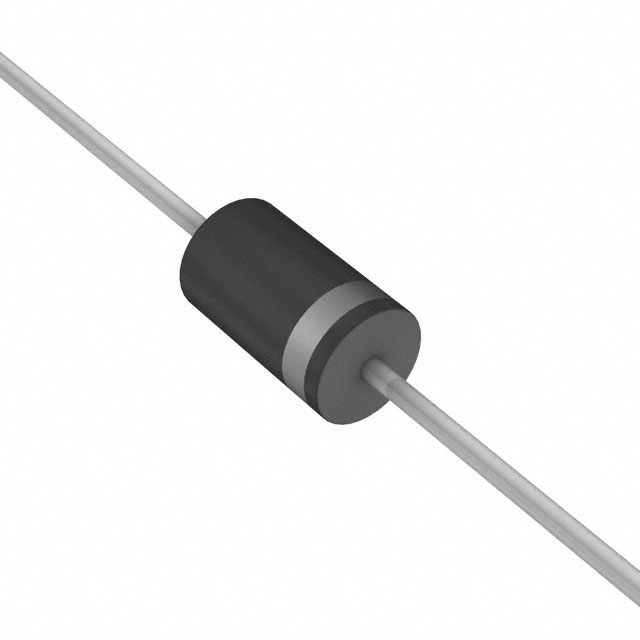
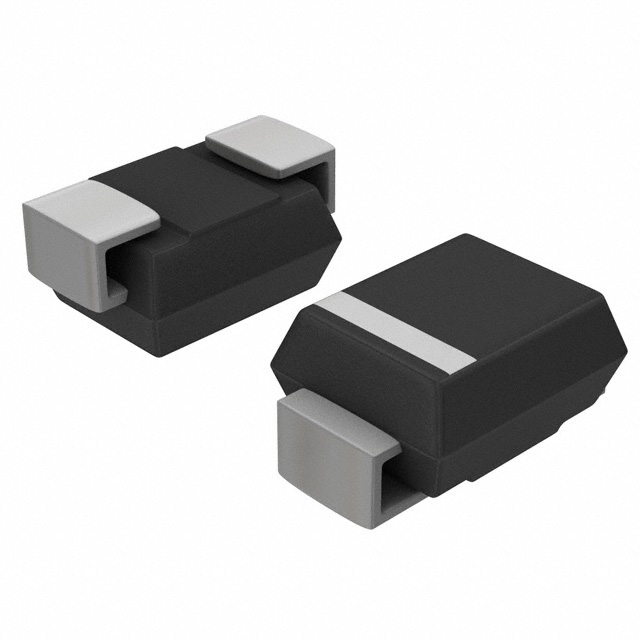

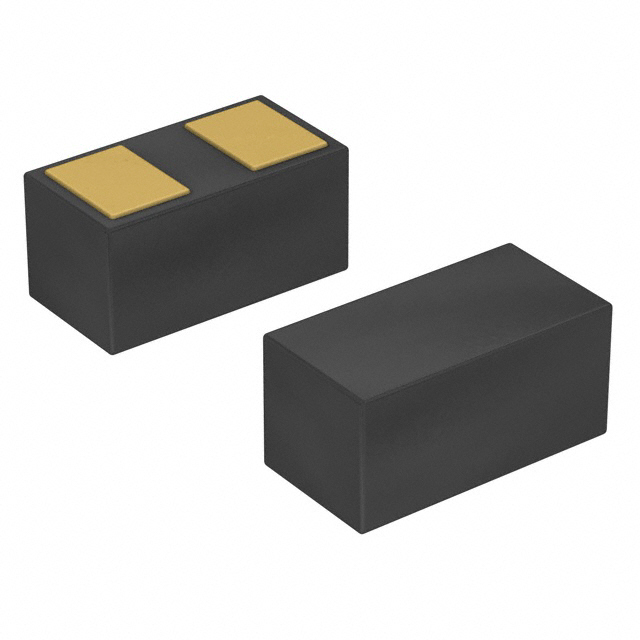
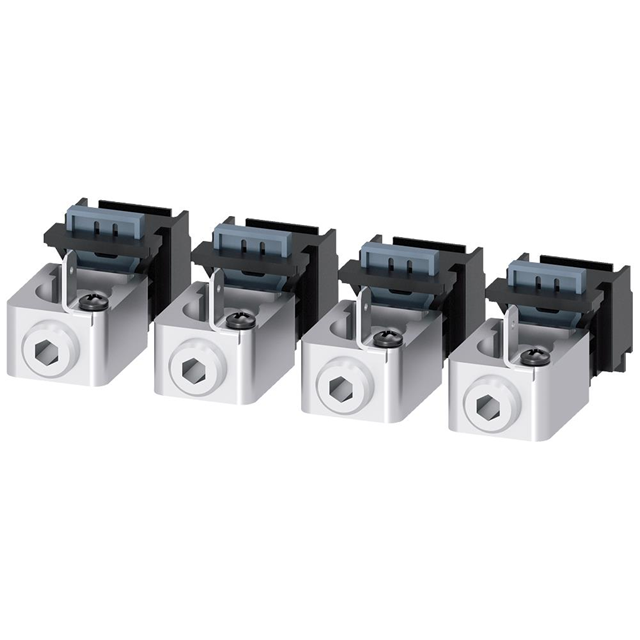
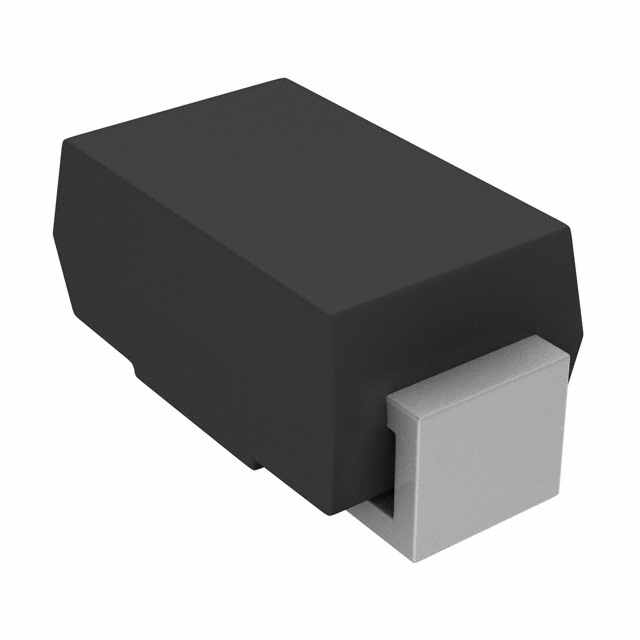

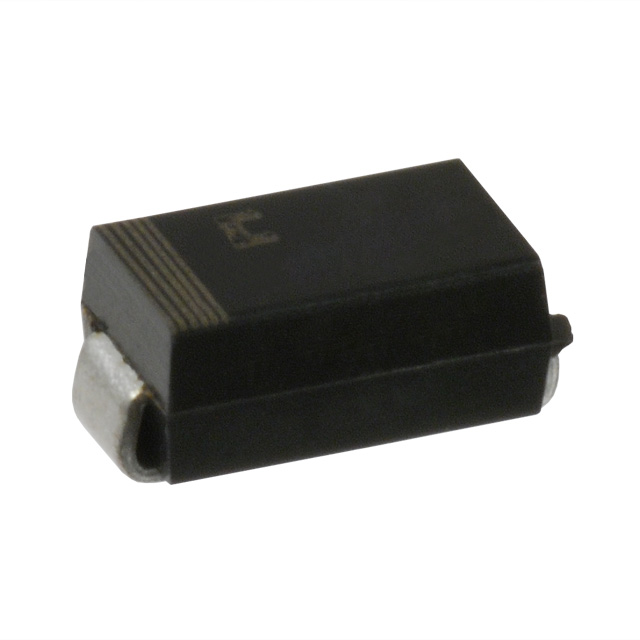
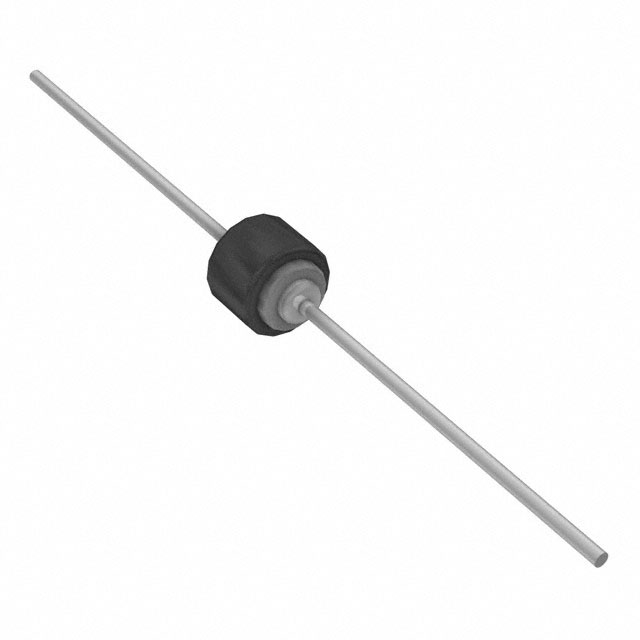









 Wishlist (0 Items)
Wishlist (0 Items)